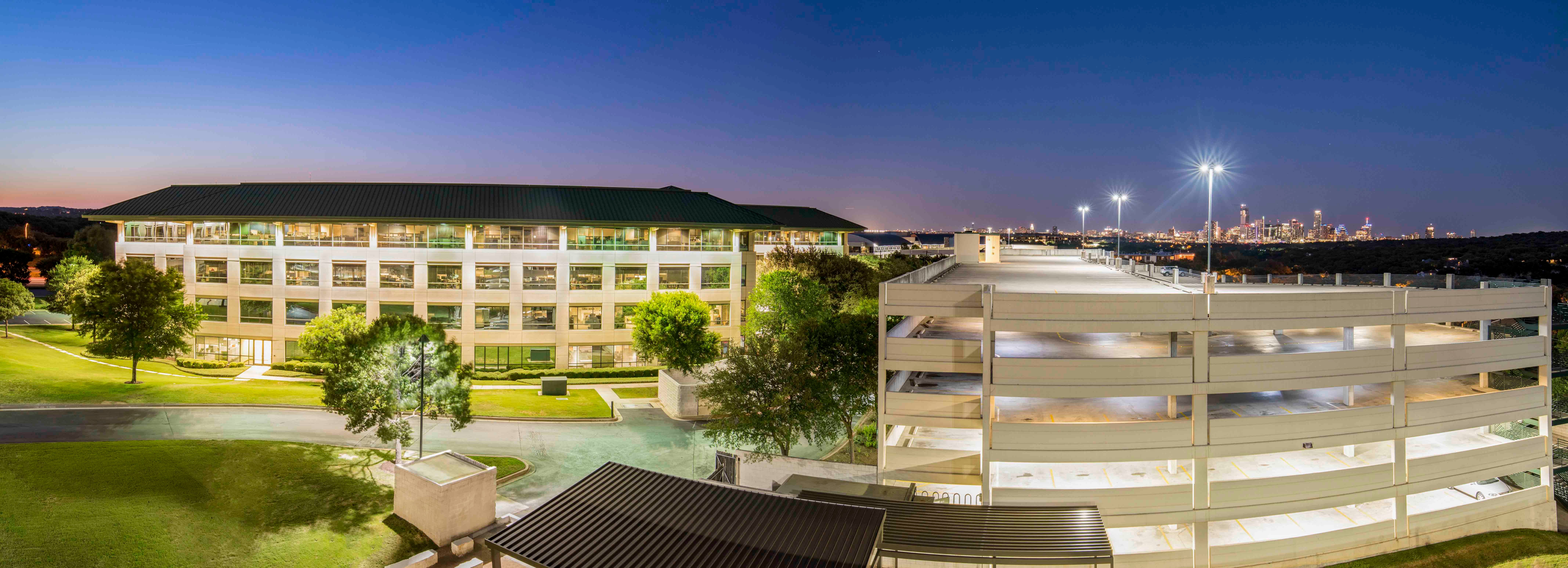 A bridge loan will fund the lease-up and stabilization of Scotia Apartments, a 55-unit property.
A bridge loan will fund the lease-up and stabilization of Scotia Apartments, a 55-unit property.
SAN JOSE—Even during the highly challenging COVID-induced financing climate, lending continues to be available. A couple of examples recently occurred in the Bay Area and across southwestern cities.
In the largest transaction, Highland Realty Capital procured a $22 million construction take-out bridge loan to fund the lease-up and stabilization of Scotia Apartments, a 55-unit multifamily property in San Jose. The non-recourse debt facility was sized to a sub-7% proforma stabilized debt yield, approximately 88% loan to costs on actual costs. It funded less than two weeks after receiving the certificate of occupancy issued by the city building department.
Highland was able to provide the sponsorship with an aggressively priced loan at an all-in rate under 5%, minimal origination fees and multiple permanent financing exit options with the same lender once the asset stabilizes.
"All transitional properties closed in a very tumultuous month," Jeffrey K. Eliason, principal of Highland Realty Capital, tells GlobeSt.com. "They had good locations and solid sponsors. None had a huge overall leasing exposure to the market."
Other properties included 1820 Industrial, a two-story 40,000-square-foot commercial building in the Arts District of downtown Los Angeles. Highland placed a three-year bridge loan of $17.56 million for the refinancing and repositioning of the property, wherein roughly $3 million will be held back for capital improvements to complete the creative office conversion.
In addition, Highland placed a 66% loan-to-cost three-year construction take-out bridge loan of $11.3 million for Stonehaven At Cedar Park, 120-unit multifamily complex in Cedar Park, a suburb of Austin. The bridge financing will be converted to an agency perm loan at stabilization.
Finally, Highland arranged a $10.2 million three-year bridge loan for the acquisition of Union Terrace, a four-story 84,000-square-foot multi-tenant office building in the Union Corridor submarket of West Denver. Roughly $1.3 million will be held back for capital improvements.
The West and Southwest have led in multifamily rent growth for most of the economic cycle, but on a regional basis the gains converged in 2019, according to a March 2020 report by Yardi Matrix. There was only a 30-basis-point difference between the metro with the most rent growth (the West at 3.3%) and the Northeast and Southwest (3%).
© 2025 ALM Global, LLC, All Rights Reserved. Request academic re-use from www.copyright.com. All other uses, submit a request to [email protected]. For more information visit Asset & Logo Licensing.








